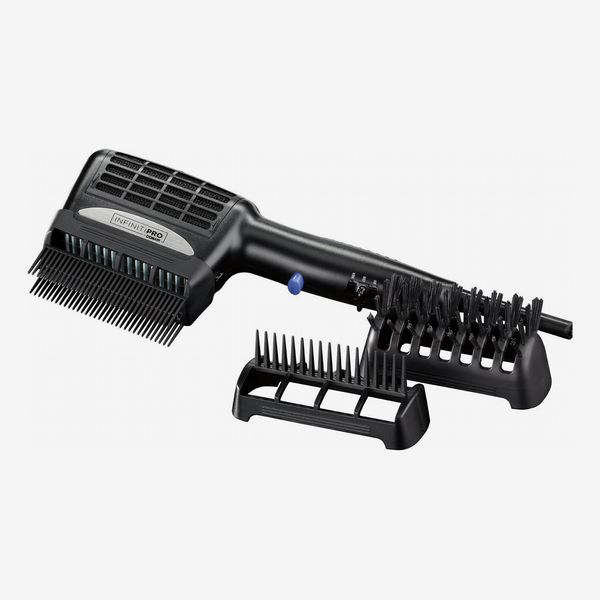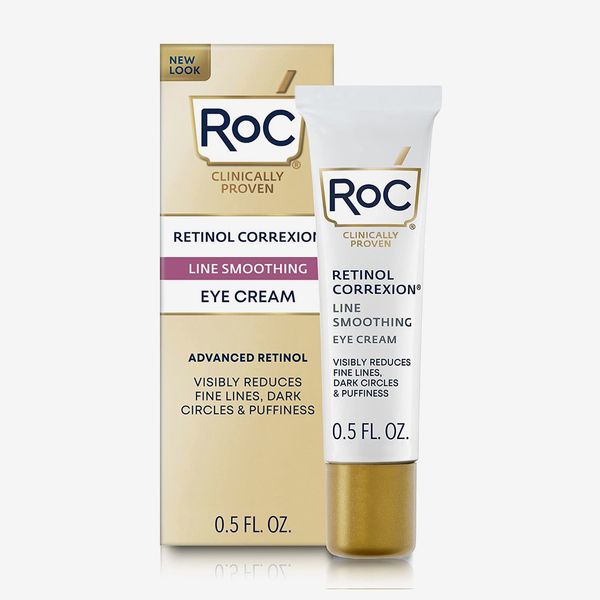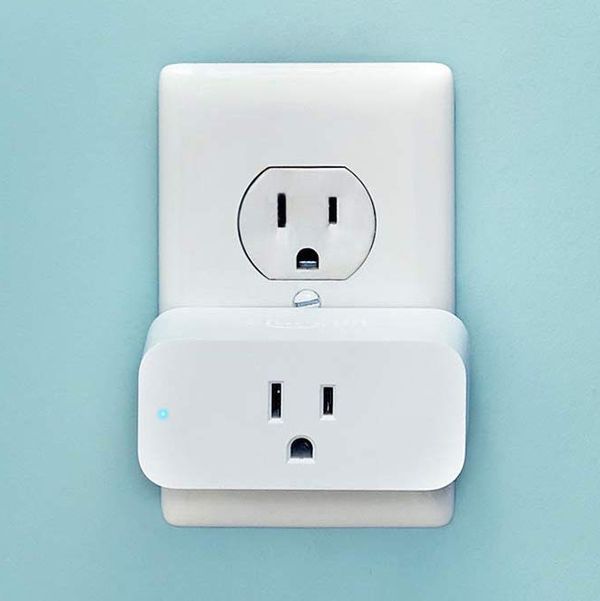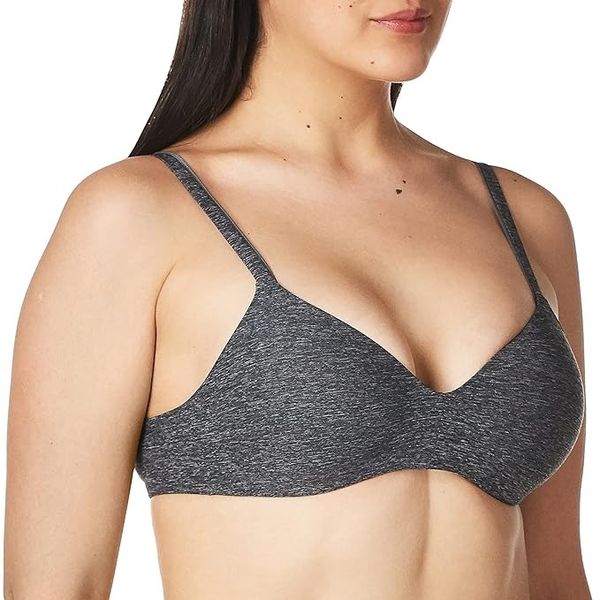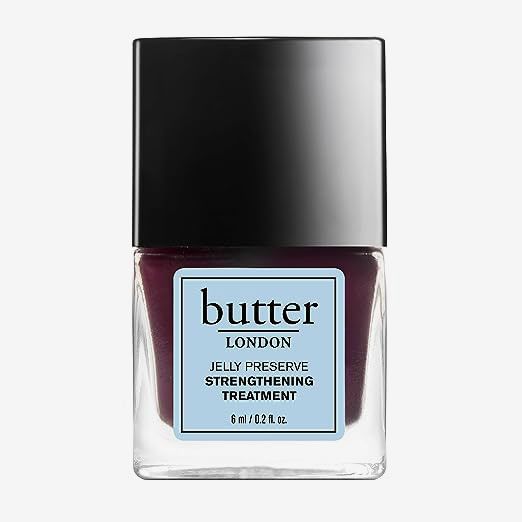I had a small mountain of expiring points at Norwegian Air, so in August, my husband and I took our toddler to Norway. (She believes we went on holiday in Arendelle, the fictional queendom from Frozen.) It was not going to be varm on the fjords — the high would average 63 degrees — so I packed our bags with fall articles of clothing, including my most favorite socks.
These boot socks come in a heathered delft blue or heathered berry red and are trimmed in cotton lace. I love that the lace is not bright white (it’s ivory like oatmeal) and not thin nor precious (it’s thicker and rougher like some yardage of antique lace you might score at a flea market). The whole effect is outdoors store meets cottagecore: practical yet romantic, hardworking yet pretty. (That tracks with the vibe of the shop where I bought my original pairs, about five years ago, in New York’s Fruit Belt.)
They’re mostly made of alpaca wool. Wool in general wicks away moisture, but whereas sheep wool can absorb up to 30 percent of its weight (cue that wet-dog smell), alpaca wool absorbs up to only 13 percent, Kim DeVos, who started breeding the South American alternative to llamas in the late ’90s and went on to found Warrior Alpaca Socks (the fair-trade brand of my socks, under Inca Brands, Inc.), told me by phone.
Alpaca is also silkier than sheep wool. It’s not scratchy, and it is extra breathable. “The fibers developed over millennia in the Altiplano,” said DeVos. The high plateau sees some of the planet’s most rugged terrain, with a wide temperature range, she added: “So you have these animals that have evolved a fleece that protects them in the extreme. Not only does this fleece keep them warm when it’s cold, it quickly changes gears and cools them off when things warm up.”
In the Hardanger region, I hiked and sloshed around in the socks and rain boots, and my feet never felt sweaty. These particular boot socks are mid-weight: light enough for spring and fall, sometimes heavy enough for winter, excelling at seasonal limbos. I wear them with everything, from Chelsea boots and Chuck Taylors (the lace frills at the ankle, like beer foam) to slides and sandals to those rain boots that hit at the calf. On cold nights, I might sleep in these socks.
Forty percent of the content of this model is acrylic, nylon, and Lycra, which is not ecological like alpaca wool. But if you wash the socks in cold water on the wool setting, they will last you for years and years. (And you need not wash them often.) DeVos mentioned Mummy Juanita, a young virgin who was sacrificed to Incan gods in the 1400s. When her remains were discovered in 1995, entombed in ice, the girl’s colorful alpaca-wool shawl was pinned with a silver clasp and well intact.
In Norway, there were sheep and sheep-wool goods galore. The local blankets made by such honorable firms as Røros Tweed, for example, are investment pieces to bed down with and hold on to for lifetimes. But I personally wouldn’t hoof around in anything but alpaca socks.
The Strategist is designed to surface the most useful, expert recommendations for things to buy across the vast e-commerce landscape. Some of our latest conquests include the best acne treatments, rolling luggage, pillows for side sleepers, natural anxiety remedies, and bath towels. We update links when possible, but note that deals can expire and all prices are subject to change.
